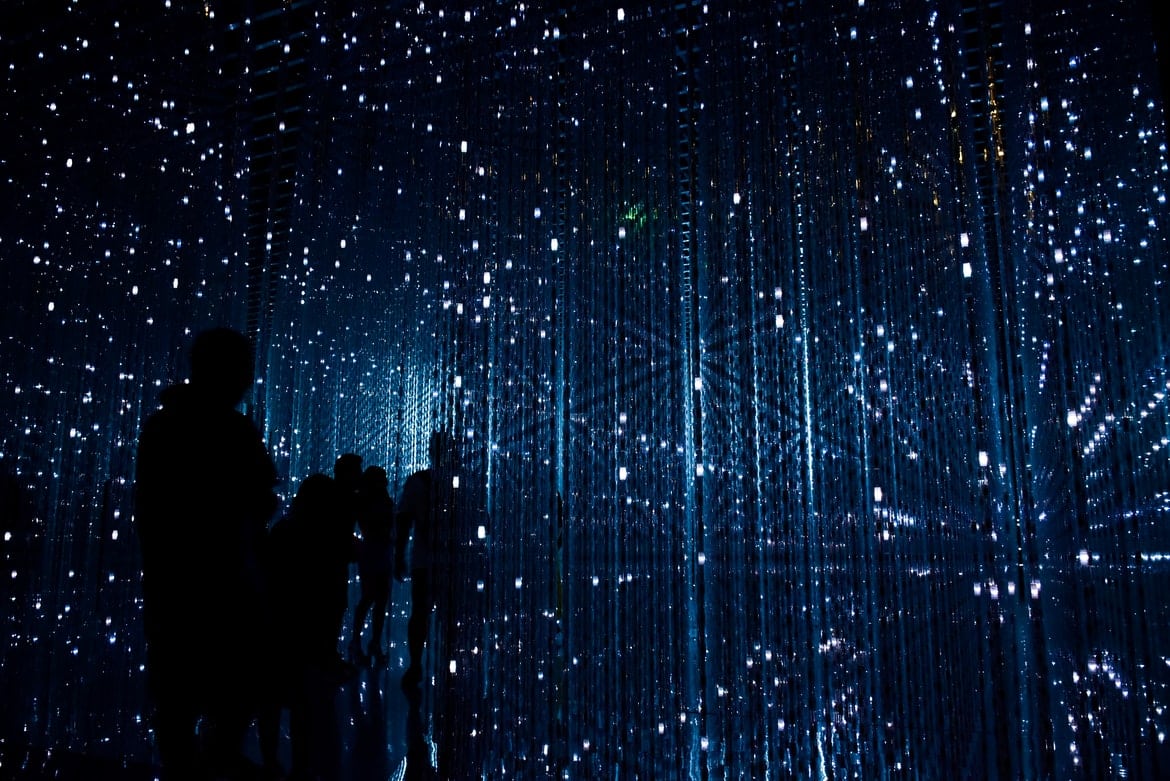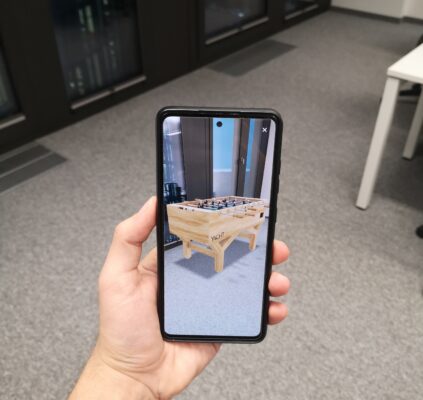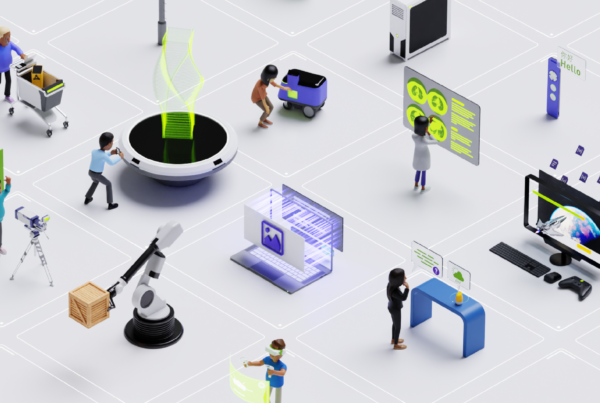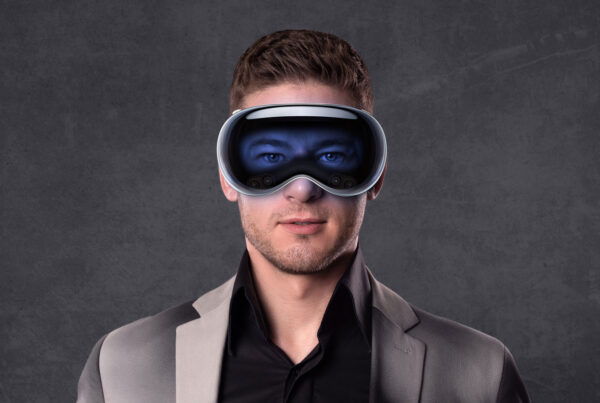A complete overview of augmented reality types – with examples!
What are AR species?
Augmented reality (AR) is one of the fastest growing digital trends in the world today. But how exactly does the technology work and what types of AR are there? The basis for AR applications is our real environment. As the name “augmented” suggests, this is enhanced with digital experiences – either in the form of information or 3D objects.
AR is a new visual way of interacting with the environment, so to speak. Other digital content such as videos, audio and GPS functions can also be included. All you usually need for AR displays are smartphones. A device that everyone now has. Cameras are the window to extended experiences.
How we already know the technology
AR applications can now be created on conventional devices such as smartphones, tablets or PCs. Tech giants such as Google, Meta and Amazon are examples of the increased use of augmented reality software. This not only increases their productivity, but also offers their users interactive digital content. The best-known form of AR, with which the majority of users of social networks such as Instagram and Snapchat are familiar, is probably the well-known filter. With one click, you can have objects circle around you when recording videos. Even the hair colour can be changed, sometimes even the make-up or even the entire look.
In a nutshell, augmented reality is a modified form of the real environment. Real content is “covered” by computer-generated digital content. The different types of augmented reality always have the following characteristics: AR is a combination of real and virtual environments and the interaction between these two worlds always takes place in real time.
What types of augmented reality are there and how are they used?
When using augmented reality, a basic distinction is made between two different types. The decision as to whether and why a particular form is preferred over another when creating AR content depends on how it is used. The main difference is between AR that is based on markers and AR that is not.
Marker-based augmented reality
Marker-based applications of AR use specific “markers” to position a digital object on a surface. The first AR technologies in the past were based on markers.
These applications are therefore related to the search for pattern-like markers on a surface. The camera scans a photo or even a more complex 3D object for these patterns and then adds the virtual object.
As mentioned at the beginning, we come across marker-based AR when filtering or playing our social media. Anyone who has ever used a Snapchat filter will certainly be familiar with the white net that stretches across the face through the camera. Certain points are labelled by the software. This is where the magic of facial recognition works to enable users to have fun.
Non-marker-based augmented reality
In contrast to marker-based AR, in this case virtual objects are inserted into the real environment by analysing the surface structures. This means that the system searches for given properties of the environment in real time. A distinction is made between some areas of application, such as the following types of AR:
- Surface-based AR
- Location-based AR
- Superimposed AR
- Contour-based AR
Surface-based augmented reality can be used well if you want to visualise virtual objects within a specific space. Using your own smartphone or tablet, the camera sensors capture the surface structure of a location on which a 3D model is then placed. In the e-commerce sector, this technology is increasingly being used to give online shoppers the opportunity to try out their purchases in their own homes – as here, for example.
When it comes to location-based AR, games like Pokémon GO immediately spring to mind. When inserting virtual objects, this form of augmented reality is orientated towards specific geographical locations in which the user is located. For example, the smartphone not only measures the immediate surroundings using the mobile phone camera, but also tracks the location and the speed at which you are moving. Such an application is also helpful when it comes to getting to know a new and unfamiliar environment in an interactive way.
Digital information that is obtained in connection with the scanning of a real object on the display is the result of so-called superimposed or “overlay” AR. As a result, it is now possible to obtain information via the QR code of a product in the supermarket. The price or even the stock level is displayed immediately. Customers can therefore view relevant information in real time. Some applications allow holidaymakers to view a street through their smartphone camera in such a way that small pop-ups next to visible bars and cafés immediately show them the opening times or even the menu.
Contour-based AR is used in navigation systems, for example. Drivers can therefore get a clearer view of roads on the screen in poor visibility conditions. This involves searching for contours in order to emphasise them with lines, for example.
AR: Augmented reality in our everyday lives
The number of application areas for augmented reality is already very large and new ones are constantly being added. There are various types of AR, ranging from the display of digital information to the placement of virtual 3D objects. The examples given here are just a fraction of such a diverse, digitally expanded world. How the technology will develop remains to be seen. But one thing is certain: AR will continue to simplify, enrich, facilitate and, above all, fundamentally change our lives and our everyday lives.







